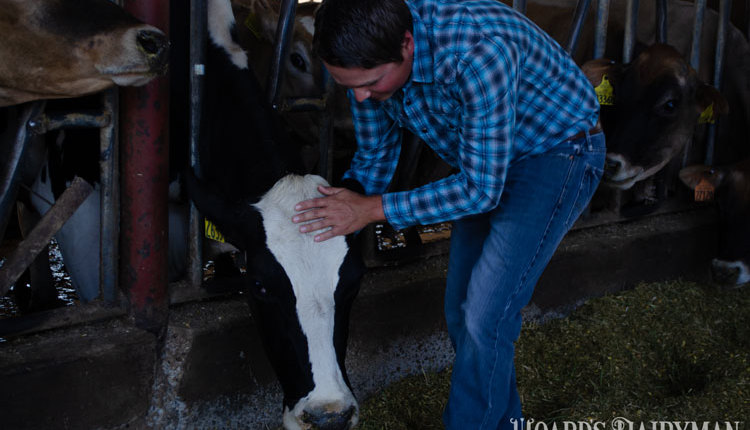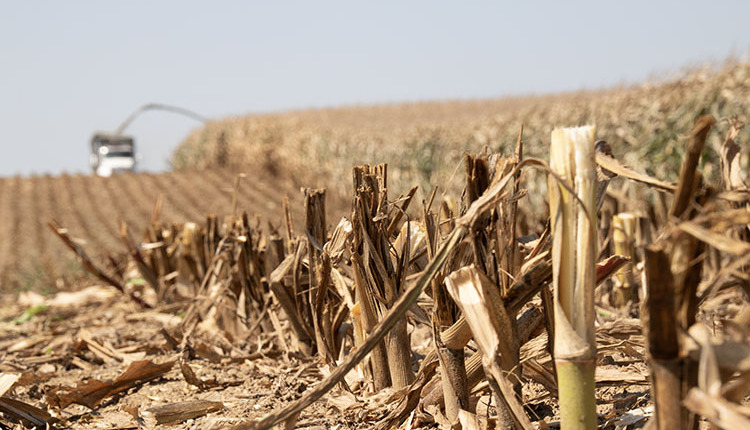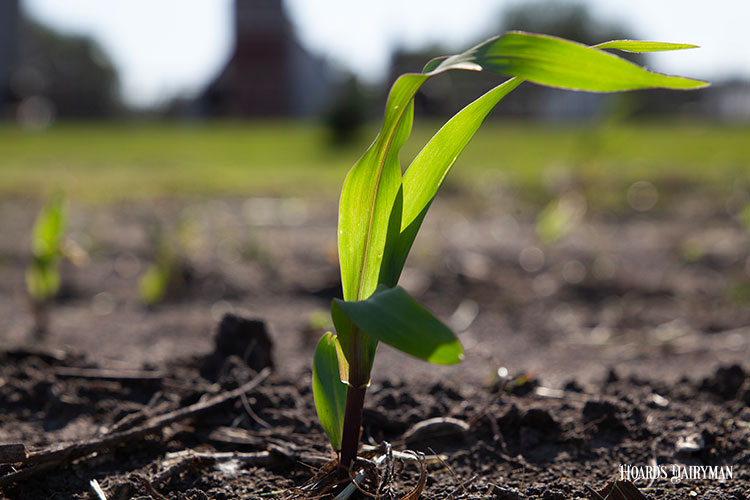
A recent discussion served as a reminder of the nearly two decades that have passed since my time in school and the topic my research project focused on, which is a topic that continues to keep many students and researchers busy: nitrogen (N) needs of corn.
As a student, I recall presenting the results of my project at an extension meeting and a veteran extension educator (who was well over three decades removed from school at that time) telling me how he worked on the same topic during his graduate work. The research question is nearly as old as crop production itself, but one could argue that in the context of modern corn production practices, this topic has been providing challenging thesis projects for students for over a half century. It is a humbling reminder that science is a process, not an answer.
Over the years, the focus of my work has shifted to broader forage management topics, but the topic of N needs of corn seems to be ever present, often popping up in seemingly unrelated projects. One such example is the New York/Vermont Corn Silage Hybrid Evaluation Program. Providing a third-party yield and quality evaluation of dozens of hybrids each year is a large undertaking, and to get the most value from this effort, each year we ask ourselves what other information can be gathered from this work that would be helpful to the industry.
Plot locations vary in growing environment (soil type, soil fertility, crop history, manure inputs, and weather conditions), but within a location, all hybrids are treated the same. This provides the opportunity to assess differences in performance to this uniform management within a location as well as differences between locations. In recent years, this has been a way to evaluate how the crop utilizes N.
Based on the N concentration in the plant and yield, the total pounds of N taken up by the crop can be calculated. Total N available to the crop is calculated using soil N supply, rotation credits, manure, and fertilizer inputs. The “available N” balance is the total N available to the crop minus total N taken up by the plants. A positive balance indicates there was excess N not utilized by the crop. When N does not limit yield, a negative balance indicates more efficient use of N than calculations for N inputs credit.
Here are few of the main takeaways, combining multiple years of this data with the ongoing work of the Cornell Nutrient Management Spear Program.
When moisture or other factors are not limiting, trial locations with manure and sod in the rotation (common dairy scenarios) often have the top yields while having negative N balances (see below for results from 2023). This adds to the growing evidence that manure and sod offer benefits to the crop that we can’t always accurately credit.
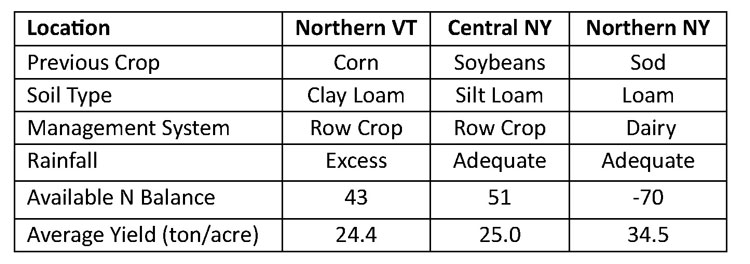
In contrast, locations with more traditional row crop rotations routinely have positive N balances while recording lower average yields. This suggests N is not the primary factor limiting yield at these locations.
More N does not continuously translate to more yield. Rather, higher yielding hybrids utilize the N that is available to them more efficiently (see graph of multiple New York-based corn silage projects).
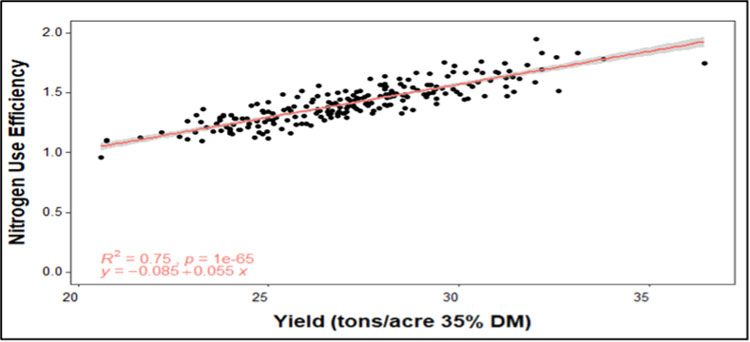
Understanding the dynamics of N in cropping systems will continue to keep students and their advisors busy for decades to come, including better defining the factors contributing to the observations shared here. Still, this information reinforces the need to continuously challenge many of the old notions around N fertilization and field management strategies to dial in N use on your farm.







